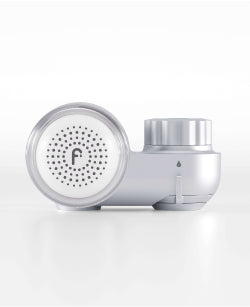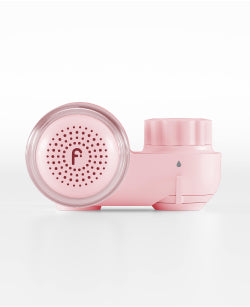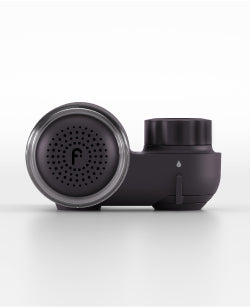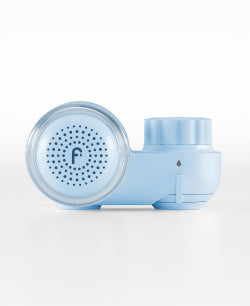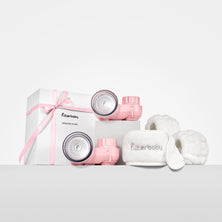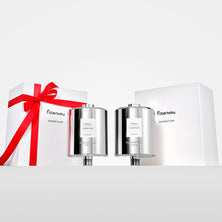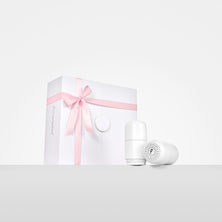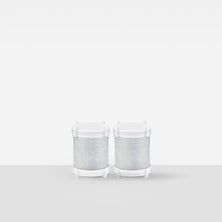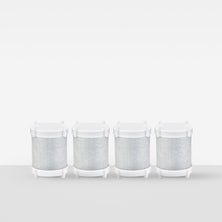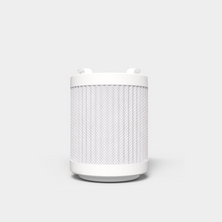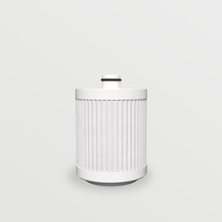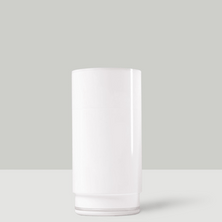Written by: Ken Igarza
B.S Neuroscience, Scientist at Princeton
Water Faucet Filters
Washing your face regularly is an important hygienic task to strip away the dirt and excess oils that accumulate on the skin throughout the day (Larson, 2001). Yet, the quality and content of the water that you use for your daily face-washing ritual may cause more than simply a thorough cleansing. When the tap water running from your bathroom sink is “harsh”, containing high levels of metals like magnesium, copper, zinc, and iron, it becomes challenging for water to form a well-mixed solution with soap (Azoulay et al., 2001). As a result, applying this unstable mixture on your face harms your skin cells and strips away the healthy bacteria that live on your skin. These healthy skin bacteria, known as the skin microflora, serve as an army whose purpose is to fend off harmful bacteria (Grice and Segre, 2011). At the same time, your skin microflora ensures that the acidity levels of your skin remain optimally high, allowing the pH of your skin to be no greater than 5. A more acidic skin is ideal for allowing the skin microflora to remain attached to the skin and supporting vital physiological processes (Lambers et al., 2006).
So, in addition to the harshness of tap water caused by its high mineral and metal content, the higher than normal alkaline, or basic, levels observed in tap water may also be very damaging to your skin. For these reasons, washing your face with tap water may be the cause behind your dry, irritated, and breakout-prone skin.

Dermatologists and entrepreneurs have long tried to circumvent the unwanted effects of tap water on your skin by developing, marketing, and selling alternative washing methods. While effective, some of these methods, including micellar water and foaming cleansers, remain unaffordable and inaccessible to many. In addition, several of these methods do not mimic the efficacy of water at removing excess oils from the skin. Attaching a water filter to your bathroom sink to clear tap water of its harshness affords a cheaper, long-lasting, and effective method toward healthier skin.
By exclusively relying on activated carbon, most commercially available water filters are not effective at filtering water from many contaminants. In contrast, Filterbaby relies on a multiple stages of filtration and is lab certified to remove up to 99.9% of chlorine, chloramine, & contaminants as small as 0.000001mm.

Filterbaby increases skin cell growth (keratinocytes) by 20.61%. 3rd-party in-vitro study 2025.
Remarkably, Filterbaby relies on an additional trademarked technology to help remove minerals, such as Calcium and Magnesium, helping to soften water. So, when used routinely to filter the water you use to wash your skin, Filterbaby may very well become the reason your skin stops giving you any more trouble.

Sources
- Azoulay, A., Garzon, P., and Eisenberg, M. J. (2001). Comparison of the mineral content of tap water and bottled waters. Journal of General Internal Medicine, 16(3), 168–175. https://doi.org/10.1111/j.1525-1497.2001.04189.x
- Grice, E. A., and Segre, J. A. (2011). The skin microbiome. Nature Reviews Microbiology, 9(4), 244–253. https://doi.org/10.1038/nrmicro2537
- Lambers, H., Piessens, S., Bloem, A., Pronk, H., and Finkel, P. (2006). Natural skin surface pH is on average below 5, which is beneficial for its resident flora. International Journal of Cosmetic Science, 28(5), 359–370. https://doi.org/10.1111/j.1467-2494.2006.00344.x
- Larson, E. (2001). Hygiene of the Skin: When Is Clean Too Clean? Emerging Infectious Diseases, 7(2), 225–230. https://doi.org/10.3201/eid0702.010215
